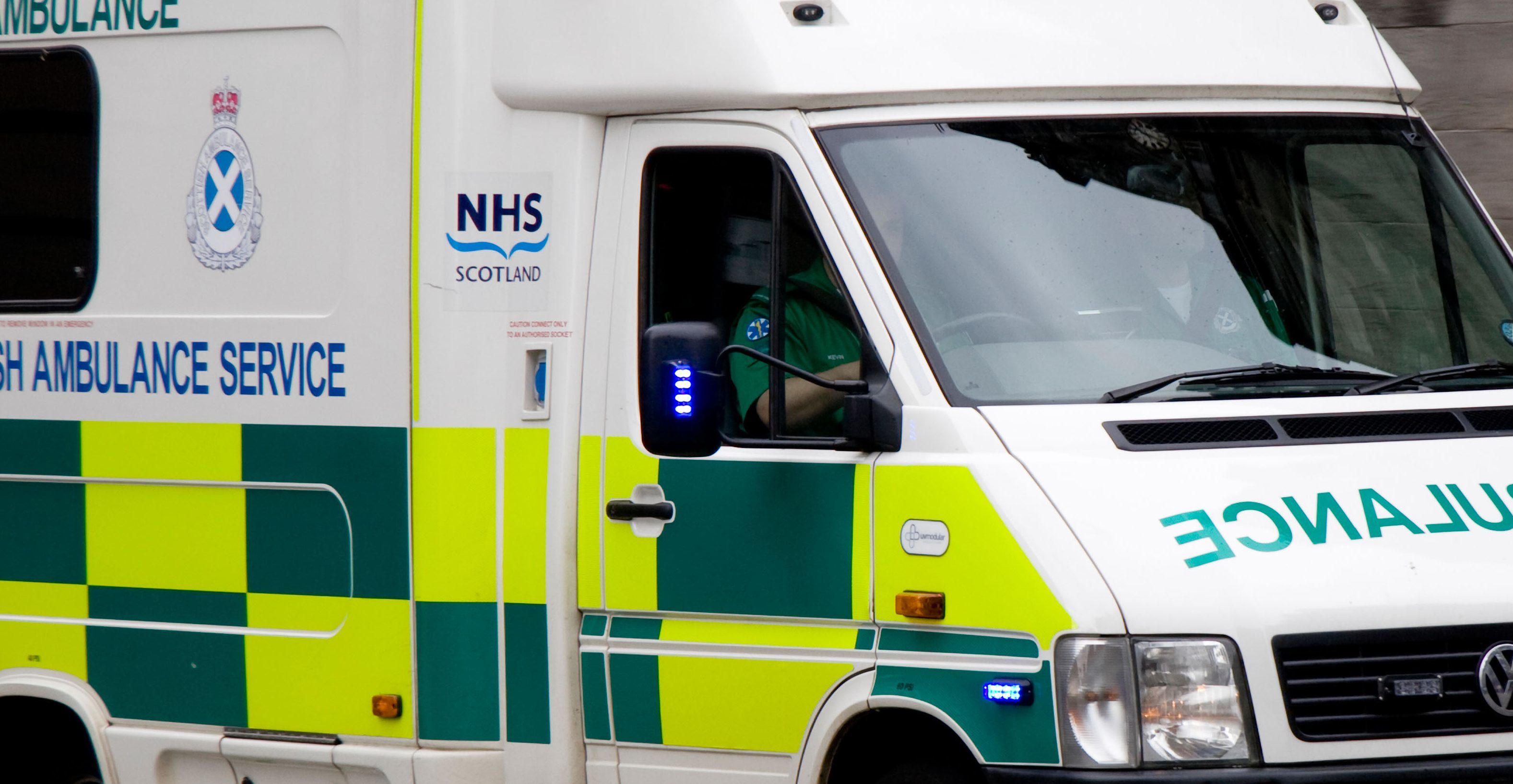Ambulance responses to 999 calls are being compromised by delays in transferring patients at hospital, NHS chiefs have admitted.
It took nearly a minute-and-a-half longer on average for paramedics to complete the handover of patients in August this year than it did in the same month in 2015.
That mounts up to an additional 900 hours every month where ambulances are not able to respond to emergency calls because they are at hospital.
The figure was revealed in official board papers from the Scottish Ambulance Service.
They read: “Comparing August 2016 the average national turnaround time was 26 minutes 43 seconds, compared to 25 minutes 19 seconds in August last year a difference of 1 minute 24 seconds.
“Extrapolated over the course of the whole month, the extra time spent at hospital nationally equates to over 900 additional hours.
“This means that ambulances are spending more time at hospital reducing their availability to respond to Category A demand.
“This has undoubtedly placed additional pressure on the service’s resources.”
Donald Cameron, the Scottish Conservatives’ shadow health secretary, said ambulances staff do a “fantastic job” but clearly need more support to help them drop patients off more efficiently.
“There is very clearly a problem here, with ambulances taking almost a minute-and-a-half longer every time they have to run around at hospital than last year,” he added.
“This may seem small but once extrapolated over an entire month, it amounts to hundreds upon hundreds of hours waste.”
He called on SNP ministers to work with the ambulances service to find a way of improving turnaround times.
The Courier revealed at the weekend how ambulances in Tayside had taken more than an hour to respond to life-threatening emergencies last year.
The service has a target to respond to 75% of the category A calls within eight minutes.
But on one occasion it took one hour and 12 minutes to reach the scene, while another took 61 minutes.
The delays were blamed on a surge in demand and hard-to-reach rural locations.
